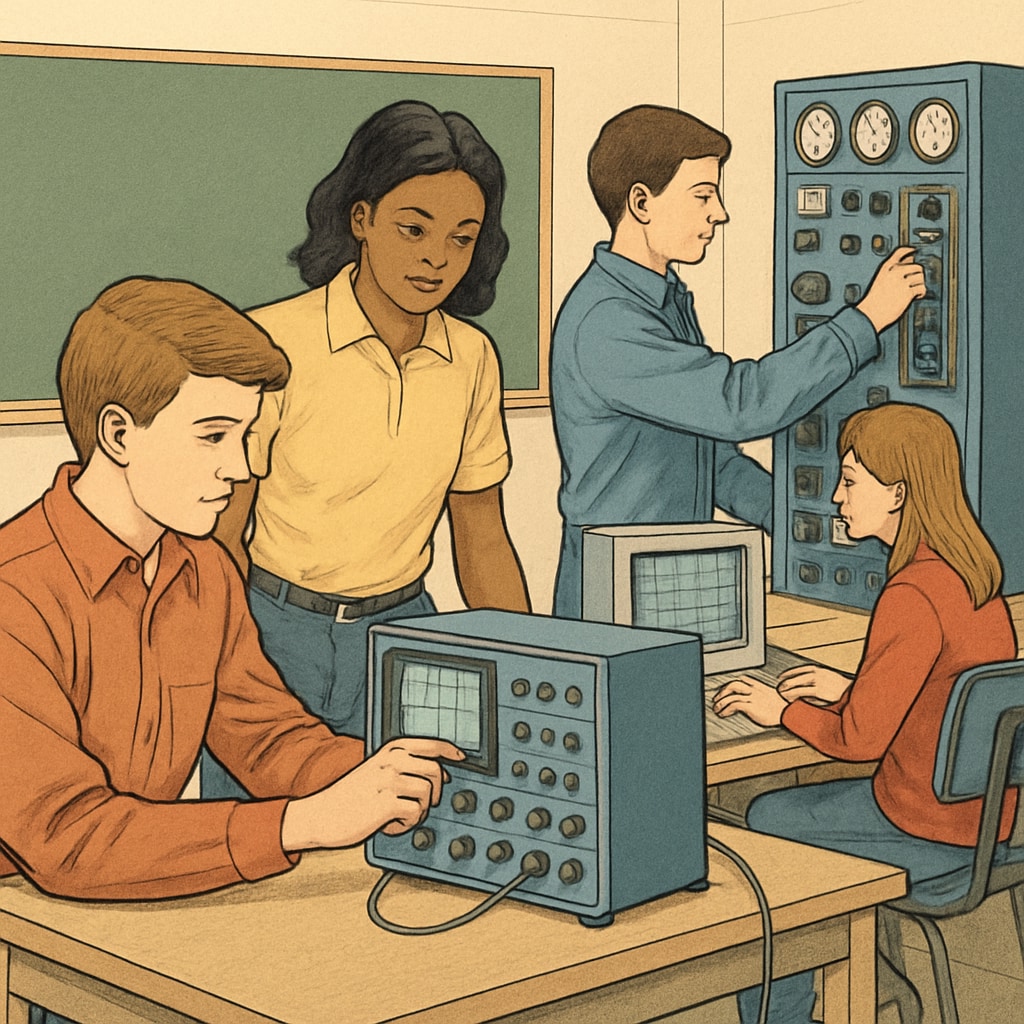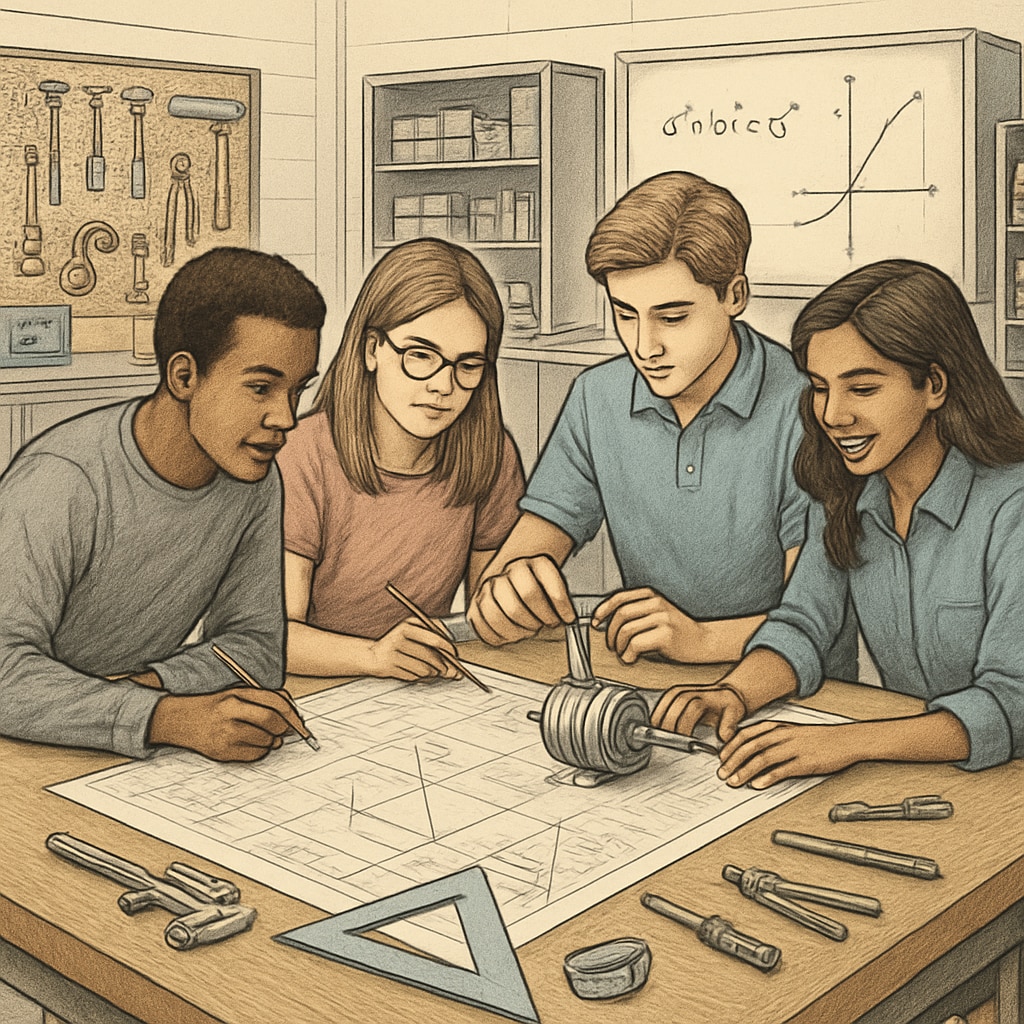The integration of Career and Technical Education (CTE) programs into school districts has sparked a transformative shift in K12 education. By aligning career-oriented skills with traditional academic learning, CTE programs offer a balanced approach to preparing students for both higher education and the workforce. This article examines the implementation structures of CTE within school districts and explores its impact on traditional academic subjects.
The Structure of CTE Programs in School Districts
CTE programs are designed to provide students with hands-on learning experiences that align with industry standards. School districts implement these programs through diverse models, including standalone vocational schools, integrated classroom settings, and partnerships with local businesses and colleges. Each implementation model focuses on equipping students with practical skills while maintaining alignment with state and national education standards.

For example, many districts adopt a “career pathway” approach, where students choose a specific industry focus such as healthcare, technology, or manufacturing. These pathways often include internships, certifications, and dual enrollment opportunities, ensuring students graduate with both academic credentials and real-world experience. The structure of these programs requires careful planning to avoid overcrowding the curriculum and compromising traditional academic subjects.
Impact on Traditional Academic Disciplines
One major concern surrounding CTE implementation is its potential impact on subjects like mathematics, science, and literature. However, research suggests that CTE programs can complement and even enhance traditional academics. For instance, technical courses often integrate math and science concepts, offering students a contextual understanding of these subjects. This integration bridges the gap between theory and application, fostering deeper learning.

Additionally, CTE programs encourage interdisciplinary learning. For example, a digital media course might require students to write scripts (enhancing language skills) and calculate budgets (applying math skills). These practical applications can motivate students to engage with traditional subjects in meaningful ways. As a result, CTE programs have the potential to elevate academic rigor rather than diminish it.
Challenges and Opportunities in CTE Implementation
While the benefits of CTE are evident, implementing these programs is not without challenges. School districts must address logistical issues such as funding, teacher training, and curriculum integration. Furthermore, there is a need to ensure equity in access, as some students may lack exposure to high-quality CTE options due to geographic or socioeconomic barriers.
Despite these obstacles, the opportunities for growth are immense. CTE programs can prepare students for emerging industries, reduce dropout rates, and enhance college readiness. Districts that successfully implement CTE often report improved student engagement and a stronger connection between classroom learning and real-world application. For policymakers and educators, this presents a chance to rethink traditional education models and embrace innovation.
Conclusion: A Balanced Approach to Education
CTE programs offer a promising path forward for K12 education, blending career readiness with academic excellence. By carefully structuring these initiatives and addressing challenges, school districts can provide students with an education that is both practical and rigorous. As CTE continues to evolve, it holds the potential to reshape the future of education and empower the next generation of learners.
Readability guidance: This article uses concise paragraphs, active voice, and transitions to ensure clarity and engagement. Lists and images are included to break up text and highlight key points.


